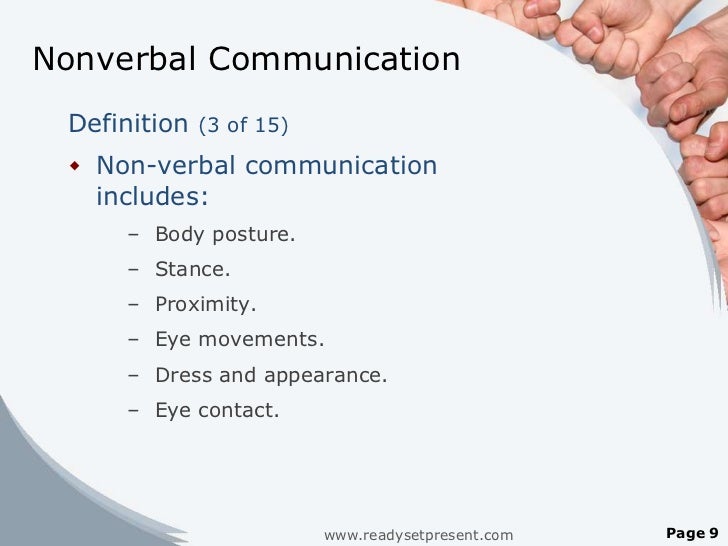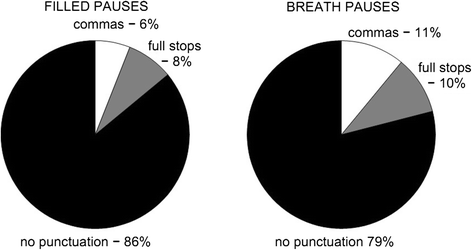

As you speak, think about your voice being a ball that hits the back wall behind the audience and aim for it. When you are breathing correctly from the diaphragm, the sound quality is projected naturally from the stomach area and can easily travel out of the mouth to the back of the room. If being loud enough is difficult for you, go back to working on the breathing we discussed before. If you see that, take note and just raise your voice volume until you see them settle back down into their seat. When listeners can’t hear a speaker, they often lean forward and turn their ear toward the speaker. The other way you can know if people can hear you is by reading the body language of the audience. To find your optimum volume, it is usually best to get into the room where you’ll be speaking and ask a friend to sit in the back row and see if they can hear you. This quietness happens for many reasons, from shyness to hearing loss, but is usually something that can be adjusted. In addition to being fast talkers, some of us are also quiet speakers. Have you ever been talking and seen the person you were talking to cup their ear and ask, “what?” to whatever you were saying? Most likely, this action means they couldn’t hear you. You can underline or bold the words you want to emphasize in each sentence on your speech outline. Generally, there are at least two important words per sentence. Practice saying these sentences using the emphasis techniques above. (This inflection assumes the audience knows Sally and will go look for her.)Īnother choice might be to emphasize where she’s selling the seashells so the audience knows her location. The vocal interpretation would look like: Using our example, let’s say the speaker decided to emphasize who was selling the seashells. Again, if a voice is lacking such variety, the speaker may sound monotone. This type of inflection could be to get louder or go up to a higher pitch on certain words, which creates variety and calls attention to the important words of a sentence. For example, in the old tongue twister “Sally sells seashells by the seashore,” the speaker decides what is most important for the audience by bolding it with their voice. This emphasis tells the listener what’s important in the sentence and brings clarity of meaning. One of the other things our voices do naturally is emphasize certain words in a sentence. Identify appropriate uses of pauses in your speech.
VOCALIZED PAUSES DEFINITION HOW TO

The essential elements of public speaking. Between one and many: The art and science of public speaking. A sense of direction: Some observations on the art of directing. Verbal fillers in speech such as “um,” “uh,” “like,” “and,” or “you know.”īall, W. nasal or breathy) or emotional expression of the voice. The characteristic quality of the sound of one’s voice.

Saying words correctly, with the accurate articulation, stress and intonation, according to conventional or cultural standards.Ī speech form, expression or custom that is characteristic to a particular geographic area. The highness or lowness of one’s voice or of sound. The execution of a speech in front of an audience.

Learning a speech by heart and then delivering it without notes. Reading the text of a speech word for word. Variations, turns and slides in pitch to achieve meaning. Learning your speech well enough so that you can deliver it from a key word outline.Ī speech delivered without previous preparation. The formal study and practice of oral delivery, especially as it relates to the performance of voice and gestures. The accent, inflection, intonation and sound quality of a speaker’s voice. The act of producing clear, precise and distinct speech.īody stance, gestures and facial expressions.Ī variety of language, cant or jargon that is set apart from other varieties of the same language by grammar, vocabulary or patterns of speech sounds. The prominence of a syllable in terms of loudness, pitch, and/or length.


 0 kommentar(er)
0 kommentar(er)
